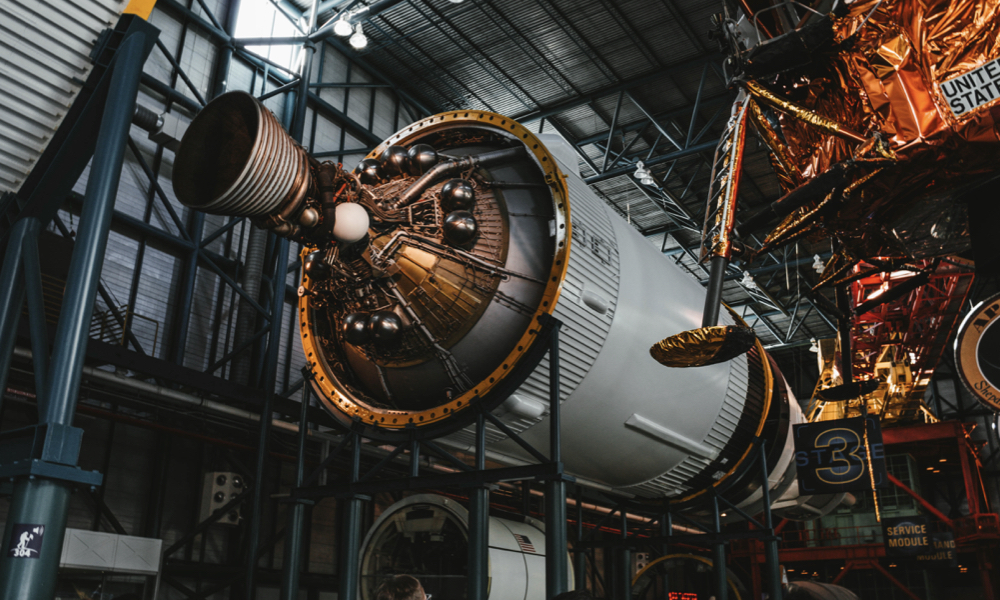
ESA Open Invitation to Tender AO10571
Open Date: 03/12/2020
Closing Date: 04/02/2021 13:00:00
Status: ISSUED
Reference Nr.: 20.133.13
Prog. Ref.: GSTP Element 1 Dev
Budget Ref.: E/0904-611 – GSTP Element 1 Dev
Special Prov.: DE+CH+GB
Tender Type: C
Price Range: 200-500 KEURO
Products: Satellites & Probes / Mechanisms / Mechanisms / Thrusters orientation (EPPM, …) / Satellites & Probes / Mechanisms / Mechanisms ¿ BB / Motors: Brushed DC, Brushless DC, Piezo-electric, Stepper, Voice Coil, ¿
Technology Domains: Mechanisms / Mechanism Core Technologies / Motion Transformer Technologies / Mechanisms / Mechanism Core Technologies / Actuator Technologies / Mechanisms / MEMS Technologies
Establishment: ESTEC
Directorate: Directorate of Tech, Eng. & Quality
Department: Mechanical Department
Division: Structure, Mechanisms & Materials Div.
Contract Officer: Garre, Maximilian
Industrial Policy Measure: N/A – Not apply
Last Update Date: 03/12/2020
Update Reason: Tender issue
The objectives of the activity encompass the development and testing of a miniaturised thruster pointing mechanism (TPM) for electric thruster propulsion suitable for utilisation on CubeSat platforms in order to enable trust vector control for deep space missions, inter-planetary exploration or rendezvous with a Near Earth Objects. The pointing mechanism enables 2-axis pointing lateral to the flight direction and is operable in all the environmental and operational conditions, including launch loads. The actuators are capable of providing unpowered holding forces and torques in all mission phases, including launch. The main challenge ofthe development is to find a concept able to provide a suitable pointing range, integrate harness and thruster feed lines, provide mechanical andelectrical interfaces to both the CubeSat structure and the thrusters, and the miniaturization of all components in terms of mass, dimensions and power consumption. The ESA in-orbit demonstrator CubeSat mission ‘M-ARGO’ is the first application employing the pointing mechanism for thrust vector control. This activity encompasses the following tasks: Requirements definition for use in theM-ARGO mission Design trade-offs Optimization of the selected design in terms of mass, volume and power consumption – Mechanical design for the M-ARGO CubeSat configuration Manufacturing and assembling of an EM Integration of provided samples of harness, fuel lines and nozzle Functional tests at unit level, environmental tests (mechanical/thermal) and life testsThe target TRL is 6.The development of a thruster sub-system is running in a parallel activity. A close collaboration with the thruster supplier and the M-ARGO prime is to be accepted, to define interfaces, to be routed harness and feed lines, and for integrated testing. The development of drivers and on-board electronics is not included in this activity. For performance and verification testing,available lab equipment shall be used.
If you wish to access the documents related to the Invitation to Tender, you have to log in to the ESA Portal.
